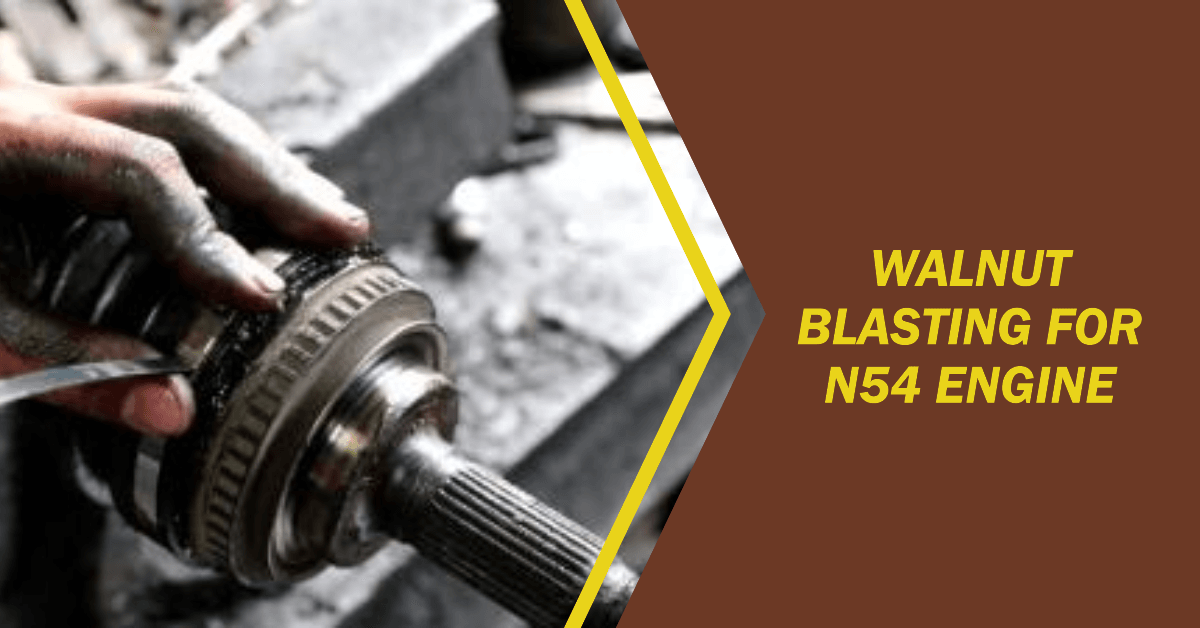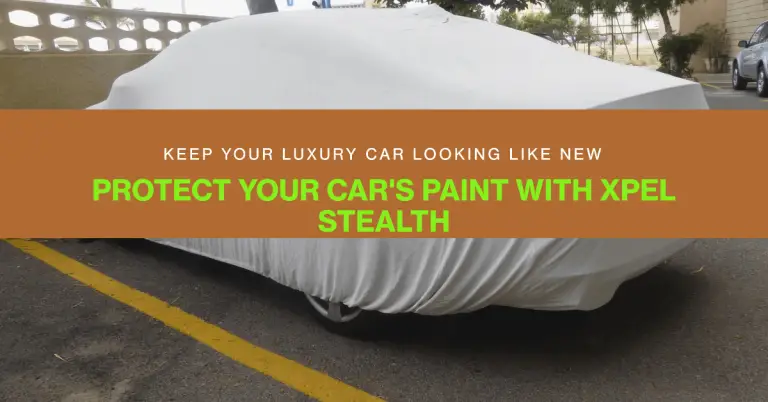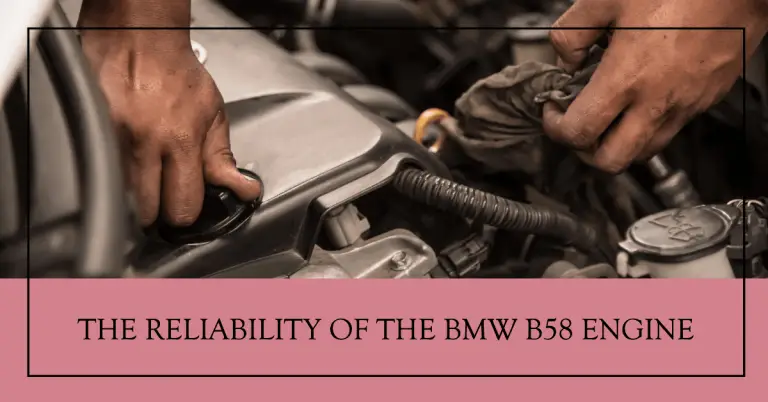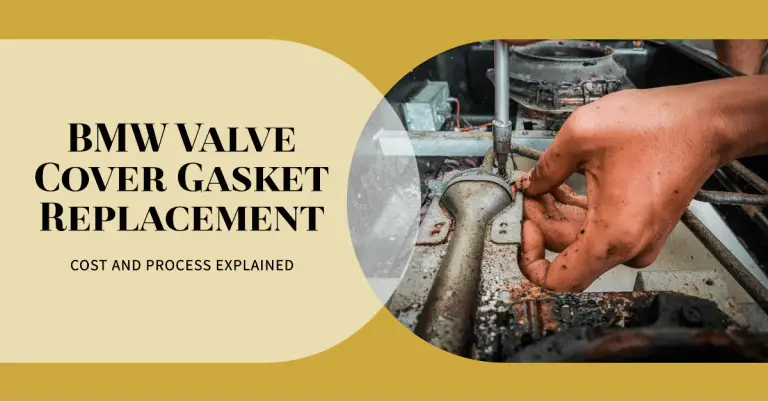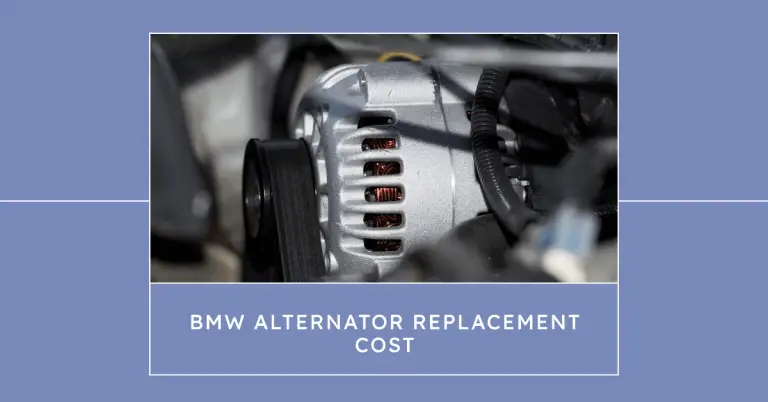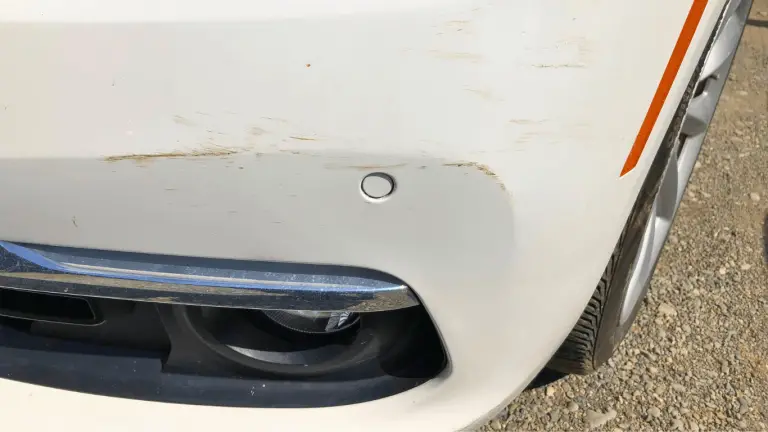Walnut Blasting N54: The Ultimate Solution for BMW Carbon Buildup
Do you own a BMW N54 powered vehicle that seems to be losing power and performance lately? Is your engine idling rough or are you seeing misfires and Check Engine lights? If so, carbon buildup could be the culprit. But what’s the best way to remove this pesky carbon that robs horsepower? Walnut blasting is hands down the most thorough and effective method to deep clean carbon buildup and restore lost performance in BMW N54 engines.
In this comprehensive guide, we’ll cover everything you need to know about using walnut blasting to decarbonize your BMW, from why buildup happens in the first place to DIY vs professional cleaning options. You’ll learn:
- What causes carbon buildup in direct injection engines like the N54
- The performance and reliability risks of excessive carbon deposits
- Why walnut blasting is superior to other cleaning alternatives
- How often you should get the service done
- Tips for DIY walnut blasting vs leaving it to the pros
- And much more!
If you want your BMW N54 engine running like new again, you won’t want to miss this guide on using walnut blasting to solve carbon buildup issues. Let’s dive in!
What Causes Carbon Buildup in BMW N54 Engines?
Before we can tackle how to best remove carbon buildup, it helps to understand what causes it in the first place. There are a few key reasons direct injection motors like the BMW N54 are prone to heavy carbon deposits over time:
- Direct Fuel Injection – Traditional port fuel injection systems spray fuel at the intake ports/valves leading into the combustion chamber. This helps clean and prevent buildup. Direct injection however, sprays fuel directly into the cylinder. Without fuel flowing over the intake valves, carbon can quickly accumulate.
- Short Trips/Low RPM Driving – Carbon buildup tends to worsen with frequent short trips and low RPM driving. This operation allows unburned fuel and oil vapor to condense on valve stems and cylinder walls without getting hot enough to burn off. High RPM highway driving helps mitigate deposits.
- Oil Contamination – Oil leaks past valve seals and the turbocharger allows oil vapor to enter the intake, contributing to carbon buildup. Higher mileage engines are more prone to this.
While a small amount of buildup is normal in all engines, BMW’s N54 is particularly susceptible due to its direct injection fuel system combined with twin turbochargers. Let’s look at why you want to avoid excessive carbon accumulation.
The Performance and Reliability Risks of Carbon Buildup
Many owners don’t pay much attention to carbon deposits in their engines until problems arise. But by then, the buildup may have already started impacting engine operation and power. Here are some of the main issues excessive carbon buildup can lead to:
- Lost Horsepower – Carbon accumulation inhibits airflow reducing combustion efficiency. This causes substantial power loss, especially in forced induction engines. Some N54 motors lose 20-40hp from heavy deposits!
- Rough Idle – As carbon cakes on the valves, it prevents them from seating properly. This leads to poor compression and a rough idle. Misfires can occur too.
- Check Engine Lights – Multiple sensors will detect issues with airflow, combustion, and fuel trim deviations set off Check Engine lights. Carbon buildup is a common culprit behind N54 error codes.
- Reduced Fuel Economy – Between restricted airflow and ignition issues, carbonized engines consume more fuel to make the same power. MPG suffers as a result.
- Engine Damage – Over time, thick deposits can actually bend or even break valve stems. Buildup on turbo vanes reduces boost pressure. Excessive contamination can lead to complete component failure.
To preserve BMW N54 engine performance, economy, and longevity, keeping intake valves and combustion chambers free of stubborn carbon deposits is essential. Next let’s compare ways to effectively clean carbon off your engine.
Cleaning Carbon Deposits: Walnut Blasting vs Other Methods
Now that you know the importance of cleaning carbon off your BMW’s internals, what’s the best way to eliminate it? There are a few different options:
Seafoam Engine Cleaning Treatment
Seafoam is a popular all-in-one fuel additive and engine cleaner. It works to slowly dissolve and loosen carbon deposits over several tank fills. It provides light cleaning, but generally isn’t potent enough to thoroughly remove heavy buildup.
Pros:
- Cheap and easy
- Helps minor buildup
Cons:
- Not effective for heavy deposits
- Doesn’t fully clean valves or chamber
Manual Cleaning
This involves partial disassembly to directly access and scrub intake valves, cylinder head, pistons, etc. Specialized tools like valve lapping compound can help remove carbon. This method is time-consuming and unlikely to fully clean all areas.
Pros:
- Less expensive than blasting
- Direct access for cleaning
Cons:
- Very labor intensive
- Still leaves hard to reach buildup
Walnut Blasting
This process uses an abrasive blasting machine to spray walnut shell media at high pressure into the engine. The soft crushed walnut particles knock carbon off while not damaging aluminum or other soft metals.
Pros:
- Most thorough cleaning method
- Restores performance
- Environmentally friendly
- Won’t damage components
Cons:
- More expensive than other options
- Some DIY skill required
Walnut blasting can clean areas no brush or pick can reach. This thorough carbon removal is why it’s considered the gold standard cleaning method for carbonized BMW engines. Now let’s look closer at the benefits of walnut media blasting.
Why Walnut Blasting is the Ultimate Carbon Cleaning Method?
Walnut shell blasting has become the go-to for professional shops and enthusiasts looking to decarbonize BMW N54 engines. Here are some of the top reasons walnut media is so effective:
- Thorough Cleaning – The fine crushed walnut particles are blasted at high velocities to scour every inch of the combustion chambers and intake ports. This allows it to remove carbon in hard to reach areas better than any manual method.
- Restores Performance – By eliminating carbon buildup, walnut blasting restores lost horsepower and improves engine efficiency. Some N54 engines gain back 20-40hp from a thorough walnut cleaning.
- Environmentally Friendly – Walnut shell media quickly breaks down after blasting without harming the environment. It’s much safer than similar blasting materials like aluminum oxide grit.
- Won’t Damage Parts – The soft, food-grade walnut particles won’t harm aluminum, rubber, plastic, or other soft components. It can be used safely on any engine part.
- Cleans Oil Deposits – Not only does it remove baked on carbon, but walnut blasting also scrubs away oily film buildup that contributes to contamination.
- Saves Money – While not cheap, cleaning deposits with walnut blasting pays for itself by restoring lost power and fuel economy compared to replacing expensive parts.
Walnut blasting disintegrates carbon deposits while being gentle enough not to damage your BMW’s internals. It’s easy to understand why it’s become the go-to cleaning method. But how often should you get it done?
Recommended Service Intervals for Walnut Blasting BMW N54 Engines
With BMW’s N54 engine so prone to heavy carbon buildup, regular walnut blast cleaning is advised. Here are some general guidelines on service intervals:
- Every 45,000 – 60,000 Miles – For engines seeing normal mileage mixes, getting walnut blasting done every 45k-60k miles helps prevent power loss and potential damage from excessive contaminant buildup.
- Annually – If your N54 powered BMW doesn’t accrue high annual mileage, having your shop do yearly walnut blasting cleans is smart preventative maintenance.
- When Experiencing Issues – Don’t wait if you notice symptoms like lost power, rough idle, misfires, or Check Engine lights. Get your valves and chambers walnut blasted immediately to restore normal operation.
- After Modifications – Installs like turbocharger upgrades, race fuels, or meth injection can accelerate carbon buildup. Consider cleaning buildup more frequently if you’ve modified your N54.
Some owner’s walnut blast as often as every 10,000 miles for severely contaminated motors or race applications. But for most street driven N54 engines, sticking to 45k-60k mile or yearly walnut cleaning provides ideal maintenance.
Next let’s go over your options on getting your BMW professionally walnut blasted or taking on the job as a DIY project.
Walnut Blasting Your BMW N54 DIY vs Professional Service?
When it comes time to restore your N54 with walnut blasting, you have two main options – DIY walnut blasting or taking your BMW to a professional performance shop. Here’s how they compare:
DIY Walnut Blasting
With some mechanical skill and the right equipment, walnut blasting your BMW at home is definitely achievable. Here are some pros and cons to the DIY route:
Pros:
- Cost Savings – Supplies to DIY walnut blast at home typically run $200-$400 versus $400-$800+ for a shop to do it
- Learn Valuable Skills – You’ll become intimately familiar with your N54 tearing it down and cleaning it yourself
Cons:
- Very Messy – Expect a lot of cleanup of oil and walnut debris after blasting in your driveway or garage
- Labor Intensive – Removing intake, exhaust manifolds, valve cover, fuel rails and more takes many hours
- Risk of Damage – DIY mistakes could lead to damaging engine parts if not cautious
As long as you research proper procedures and take your time, walnut blasting your N54 at home can save money over paying a performance shop. Just be prepared for a time-consuming messy job!
Professional Walnut Blasting Shop
For those who don’t want the hassle of DIY walnut blasting, taking your BMW to professionals has advantages:
Pros:
- Convenience – Technicians handle all disassembly, cleaning, and reassembly saving you labor
- Expertise – Shops have years of experience to safely and properly walnut blast engines
- Consistency – Professional equipment and processes ensure thorough, even carbon removal
Cons:
- Added Cost – Shop fees typically run $400-$800 depending on engine condition and local rates
While more expensive than DIY walnut blasting, professional shops save you the headache of cleaning your N54 yourself. Your engine comes back running like new for a reasonable service fee to many owners.
Whether you take the DIY or professional route, walnut blasting is the undisputed best way to remove carbon buildup from BMW N54 engines. But you may still have some other questions about the process. Let’s go over some of the most frequently asked questions.
Frequently Asked Questions About Walnut Blasting BMW N54 Engines
Here are answers to some of the most common questions about using walnut blasting to clean carbon buildup from BMW N54 motors:
Does walnut blasting damage any engine parts?
No, when done properly the soft walnut media will not harm aluminum, rubber, plastic or any other components. The walnut particles quickly break down without causing abrasion damage. Just avoid excessive dwell time in one area.
How often should I get walnut blasting service done on my N54?
The ideal service interval is around every 45,000-60,000 miles or annually for engines prone to carbon issues like the N54. More frequent cleanings may be needed with heavy buildup or engine modifications.
Is walnut blasting better than manual scrubbing to remove carbon?
Yes, walnut blasting can remove carbon in hard to reach areas like the intake ports and valves. Manual cleaning often only cleans accessible surfaces. Blasting provides thorough cleaning.
Does walnut blasting increase horsepower?
Yes, by removing built up carbon deposits that restrict airflow and combustion efficiency, walnut blasting can restore 20-40 lost horsepower in some heavily carbonized N54 engines.
Can I use a shop vac instead of a blaster to walnut blast my BMW?
While you can rig a DIY setup with a shop vac, it won’t provide nearly the cleaning power and efficiency of a dedicated blasting cabinet. The extra cost of a quality setup is worth it.
What should I look for in a good walnut blasting service?
Look for a performance shop experienced specifically in carbon cleaning BMW N54 engines. They should thoroughly clean all valves, cylinder head areas, turbo inlets and more.
Hopefully these common walnut blasting questions provide additional tips for properly cleaning carbon out of your N54 powered BMW. A minor investment in regular walnut blasting services can save thousands down the road in engine repairs and replacements.
Restore Lost Horsepower and Performance With Walnut Blasting
If your direct injected BMW N54 engine seems down on power with rough operation, carbon buildup is likely the culprit. Short trips and low RPM driving contribute to heavy deposits that rob performance over time.
While options like Seafoam can provide minor cleaning, walnut media blasting is the only way to thoroughly remove baked on carbon throughout the entire combustion chamber and intake tract. By blasting away these restrictive deposits, walnut cleaning can restore 20-40 lost horsepower and again deliver the silky smooth high RPM power BMW’s turbo inline-6 engines are revered for.
Whether performed as a DIY project to save money or handled by professionals for convenience, walnut blasting is the undisputed best method for decarbonizing intake valves and chambers in your N54. Most BMW technicians recommend a walnut blast service every 45k-60k miles or at least once a year to keep your engine running like new.
Now that you know the ins and outs of walnut blasting for carbon cleaning, you can confidently restore lost performance and prevent further engine damage. Your BMW will feel like new again after a thorough walnut media blast treatment!

